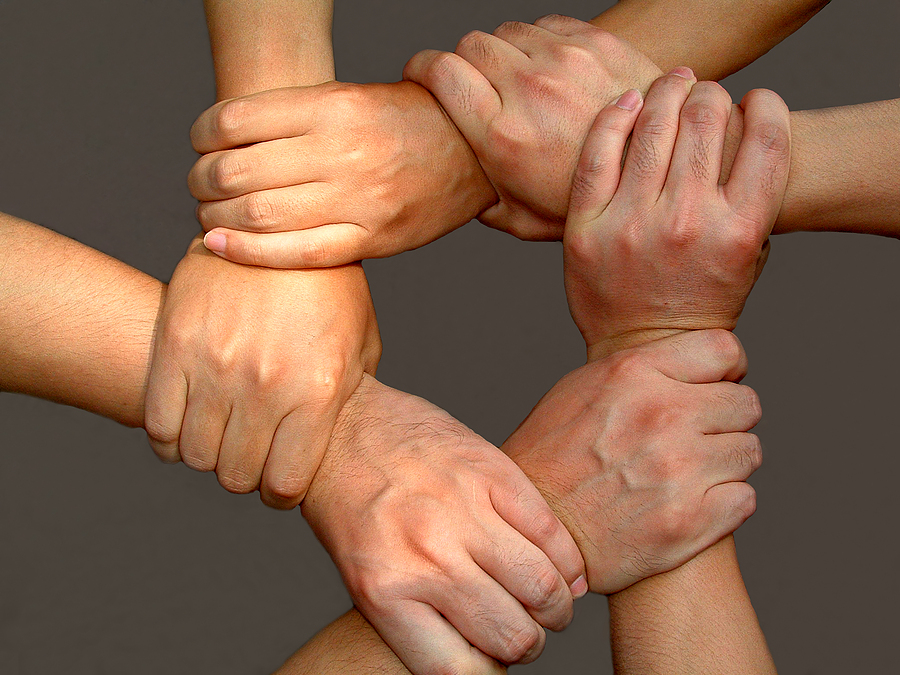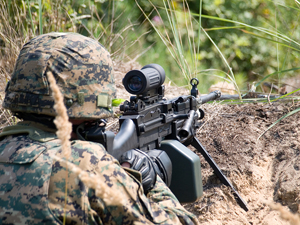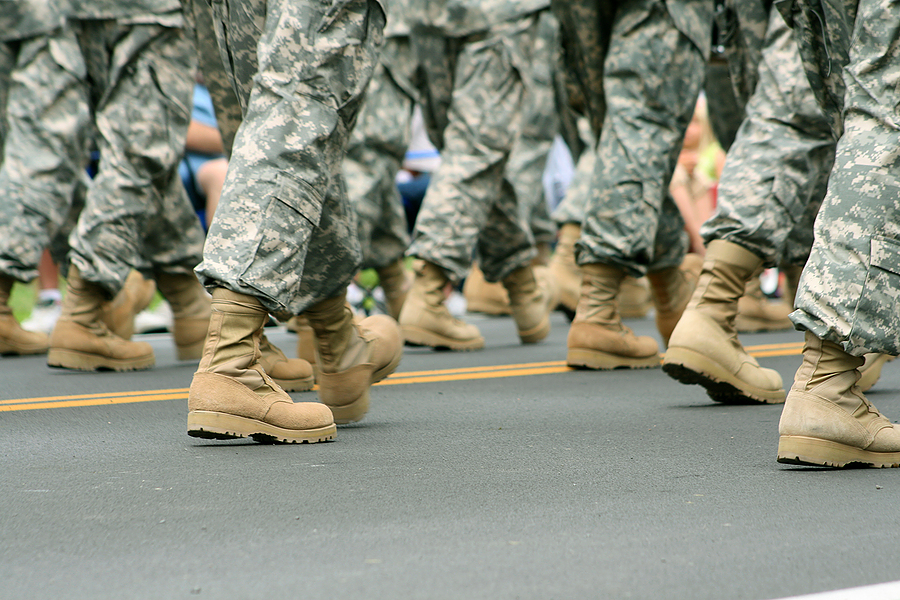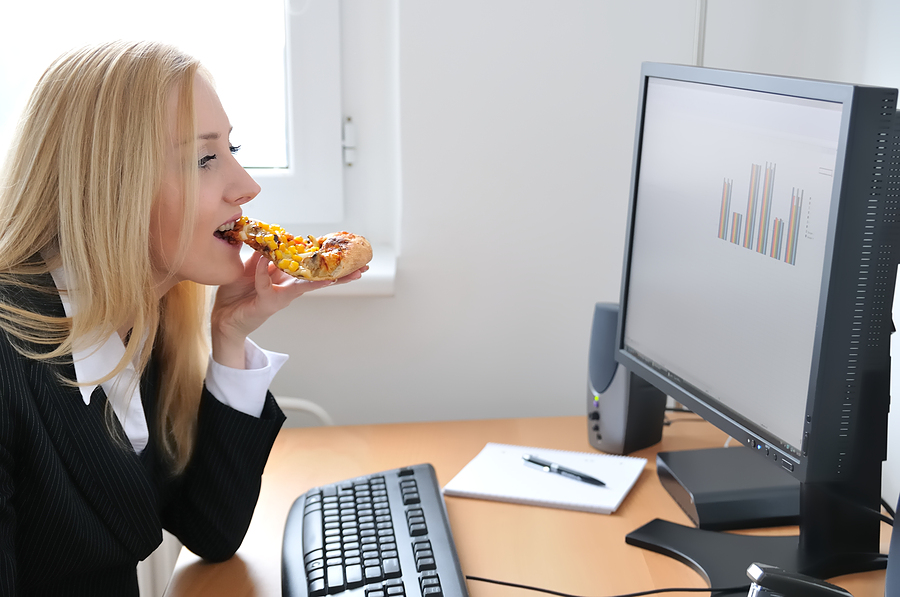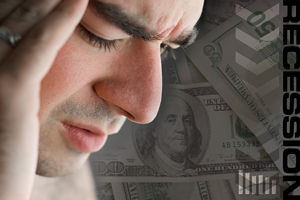
Anxiety
When we perceive ourselves to be in danger, our body kicks in chemical and neurological responses that produce physical and psychological sensations or ‘symptoms’.
These sensations are a natural and normal reaction to danger, this reaction is known as the ‘Fight or Fight’ response, it is this that primes the body for fighting or fleeing the danger.

The ‘Fight or Flight’ is not harmful or dangerous; indeed it is this instinctive, natural process that is responsible for our very preservation. If we need to outrun a bear or fight off an attacking dog then this mechanism will be working in our favour.
The symptoms such as:
- Increased heart rate
- Fast/shallow breathing
- Tense muscles
- Slowing down of digestion
- Narrowed mental focus
- Increased senses/hypervigilence
- Dumping waste materials (increased urination/bowel movements)
Will, in times of REAL and PRESENT danger be used to ensure you are at peak strength for the task in hand.
An anxious response
When there is NO REAL or immediate DANGER we may still experience this mechanism. It can be triggered by a specific fear we may have (dogs, spiders or other specific thing/event) or it can be triggered for no known reason. It is when this response is triggered at times where it is NOT useful that the symptoms created by the ‘Fight or Flight’ can be very real, very scary and totally unnecessary for our survival.
In these times of no impending threat, our body will not process the chemicals produced as it would in a real dangerous situation (i.e use them up by physical exertion) and our brains will not psychologically process a logical rational response danger, nor indeed will it recognise a rational process of the danger passing and returning to a natural state of calm. This is when a normal response becomes an anxious response.
We all have this mechanism and in fact we will all feel anxious at some stage (job interview/dentist chair e.t.c) but it is when we experience this ‘FOF’ response at times that are not constructive or at levels that are not dealt with easily that it becomes a problem.
When our body perceives danger at a level that is unnecessary for the situation someone who can control their anxiety will simply tell themselves the response is not needed now and with a few deep breaths and rational thought they should be able to move on with their day. A person with an anxiety disorder however (16% of the population) will perpetuate the anxiety by one or all of the following:
Believing there is a danger when there is not (phobic reaction)
Believing that the symptoms caused by the anxiety are a danger in themselves – for example ‘My heart is beating so fast I must be having a heart attack’
Change their lives to accommodate irrational anxiety rather than rationally dealing with fear – for example avoiding certain situations, this can even lead to loss of friends, work, even agoraphobia. This keeps the anxiety high and allows your irrational fears to become normal in your life, compounding the belief these things are indeed ‘dangerous’ or ‘scary’.
Fearing the anxiety itself – Anxiety can be horrible, an anxiety disorder may start with a specific thing but end up simply being a fear of having an anxiety attack.
Anxiety information
In this part of the website you will find useful guides on anxiety and what it is, phobias, OCD, PTSD, Agoraphobia and much more.
Please take a look around using the sub-navagation at the top of the page, or see the 'top rated' or 'featured' anxiety articles to the right, or get involved in real life discussions and read real experiences in our anxiety blogs to the left.
Related Guides






















